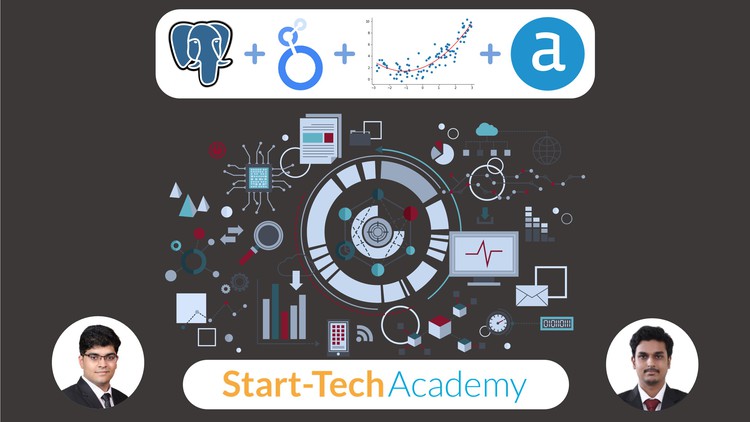در حال حاضر محصولی در سبد خرید شما وجود ندارد.

[4-in-1 Bundle] Covers SQL, Data viz using Google's Looker Studio, Machine Learning using Python and ETL using Alteryx
در این روش نیاز به افزودن محصول به سبد خرید و تکمیل اطلاعات نیست و شما پس از وارد کردن ایمیل خود و طی کردن مراحل پرداخت لینک های دریافت محصولات را در ایمیل خود دریافت خواهید کرد.


Mastering Business Requirements Documentation (BRD)
![[3-in-1] Data Viz Bundle: Tableau, Excel & Looker Studio](https://farinmedia.ir/farinmedia-img/https://farinmedia.ir/farinmedia-img/images-123/14000.jpgmain-resized.jpg)
[3-in-1] Data Viz Bundle: Tableau, Excel & Looker Studio

Machine Learning with TensorFlow on Google Cloud

Marketing Analytics: Pricing Strategies and Price Analytics

Become a Data Analyst: Excel, SQL & Tableau – 3-in-1 Bundle

Marketing Analytics: Forecasting Models with Excel

Mastering ChatGPT: Complete Guide to ChatGPT applications

Microsoft Excel – MS Excel Formulas & Functions in just 3hrs
![Become a Data Scientist: SQL, Tableau, ML & DL [4-in-1]](https://farinmedia.ir/farinmedia-img/https://farinmedia.ir/farinmedia-img/images-123/13291.jpgmain-resized.jpg)
Become a Data Scientist: SQL, Tableau, ML & DL [4-in-1]

Power BI for HR: Visualize HR data using Power BI
✨ تا ۷۰% تخفیف با شارژ کیف پول 🎁
مشاهده پلن ها